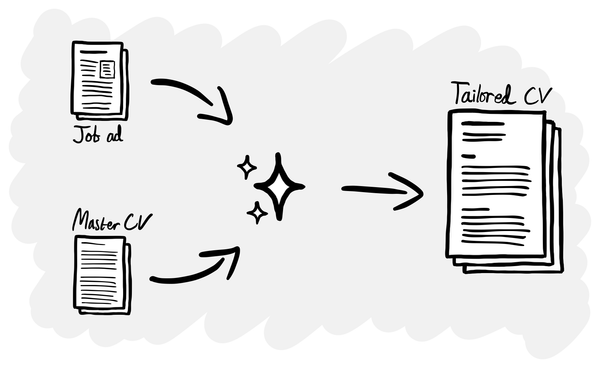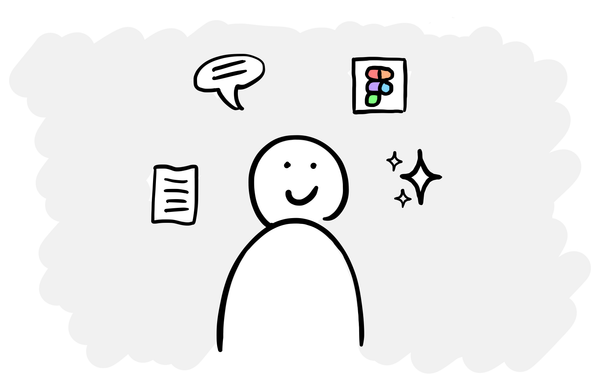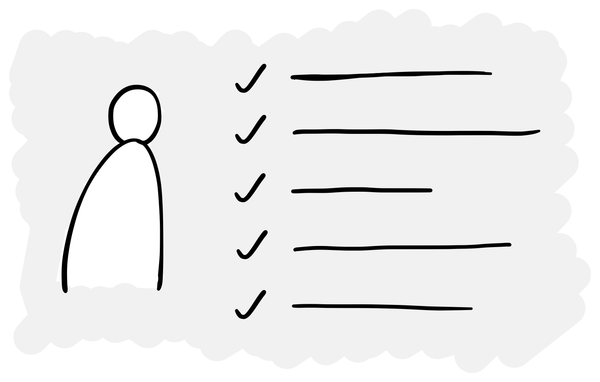The Situational Leadership model
A useful framework for figuring out the right level of direction and support to give someone you're working with.
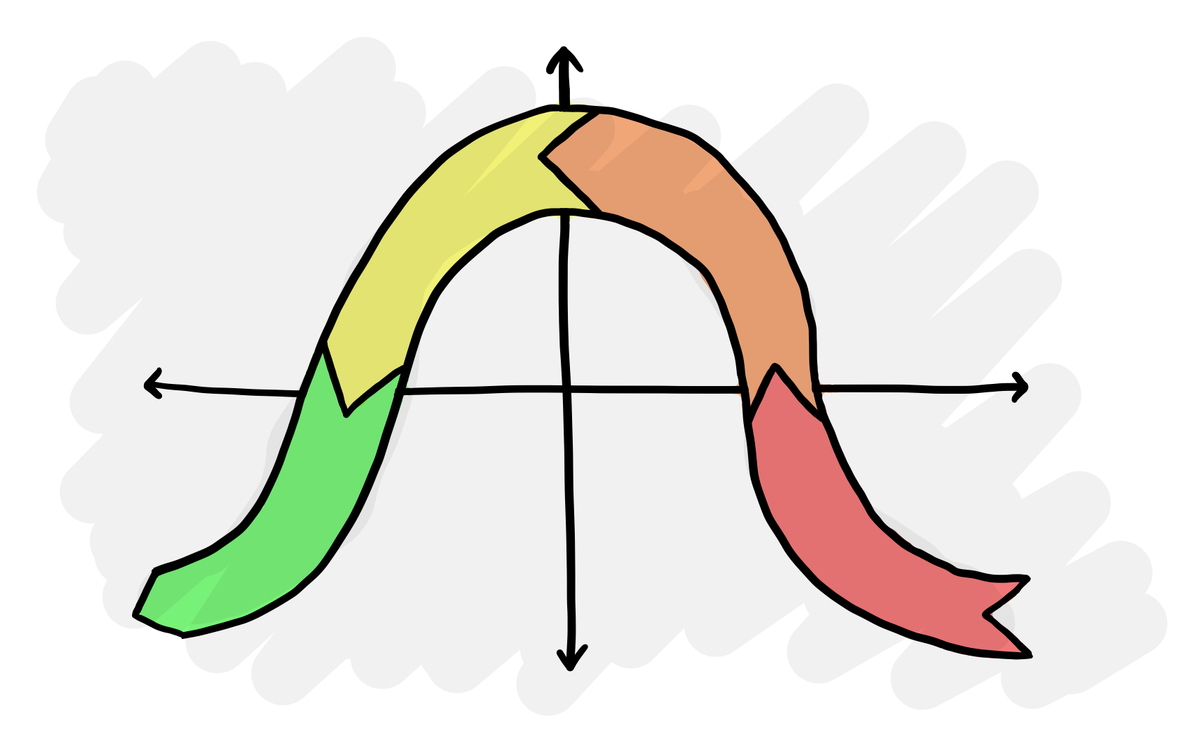
About a year ago, I was working with someone who seemed frustrated. I couldn’t figure out why, until I realised I was coaching them when they just wanted support. I was being helpful, but too hands-on.
This kind of misalignment is easy to fall into and more common than you might imagine.
Most teams (whether a one-off project or a longstanding squad) have a implicit or explicit hierarchy. One person is responsible for overseeing and directing, and one or more people are responsible for executing.
Yet it’s easy to skip over how this relationship is going to work in practice.
The Situational Leadership model
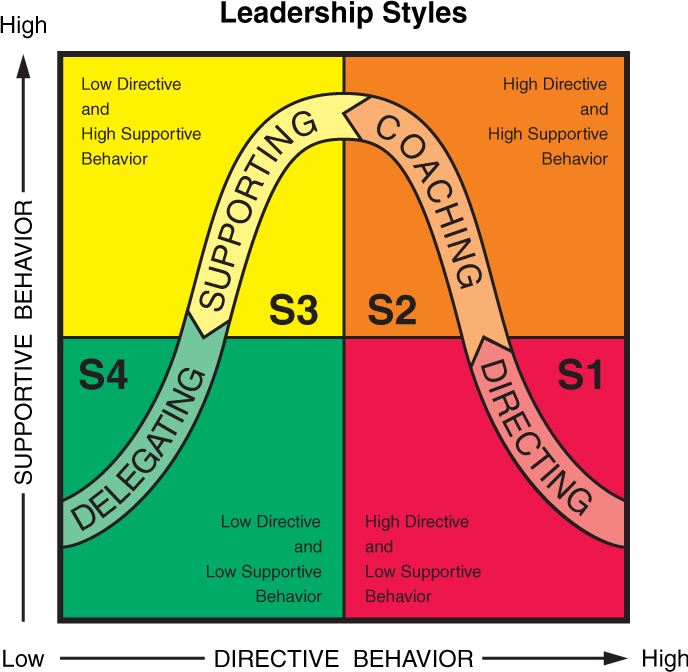
Developed by Paul Hersey and Ken Blanchard, the model describes how two people might work together when there is a hierarchy.
As you can see, there are two axis:
- Along the bottom, how much direction the leader provides.
- Top to bottom, how much support the leader provides.
Working through the four quadrants…
- Directing (high direction, low support) is for when someone’s new to a task and needs clear, step-by-step instructions to get started. The leader decides what needs to be done and how to do it. Some people would see this behaviour as micro-management and recoil at the lack of autonomy, but if someone is unfamiliar with the task then it may make sense to use.
- Coaching (high direction, high support) is best for when the person doing the task is relatively inexperienced and wants additional direction and support so that they can learn. You’re guiding the work closely and providing encouragement, asking questions, and explaining the “why” behind decisions. This is probably the most common area that people accidentally end up in, with leaders giving too much direction when it’s not wanted.
- Supporting (low direction, high support) is for when someone has the skill but might need encouragement or a sounding board. They’re given the autonomy to figure out how to achieve the goal, but if they need help, it’s there. This is the sweet spot for many people.
- Delegating (low direction, low support) is for when you completely trust someone to get on with things and you don’t expect them to need much direction or support. You share the goal with them and then let them take the lead, knowing that they’ll reach out if they need any help.
How to apply it
I find it best to use this model at the start of a project:
- Explain the model if someone isn’t already familiar with it.
- Ask them which quadrant they’d like you (the leader) to be in, to best support them.
- Check in mid-project to make sure that what you’ve chosen is still the best one to be in.
You don’t necessarily need to use the model formally. Just thinking carefully about how you support someone and checking that it matches what they need can make all the difference.
A quick conversation upfront often saves a lot of confusion later.



